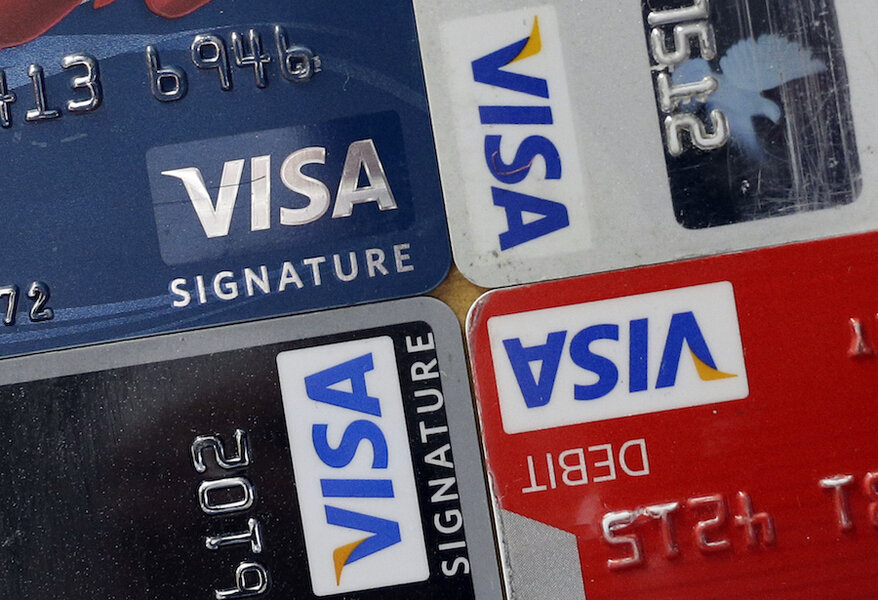Why now is a good time to check your credit score
Loading...
When was the last time you checked your credit score? If it’s been a while, you aren’t alone. A study from ACA International found that just 42% of Americans know their credit score. This is in-line with previous surveys that have found a staggering number of consumers don’t bother looking into their credit scores or reports. A survey by TransUnion found that 33% of Americans never checked their credit score. With the holidays now behind is, now is as good a time as any change that.
Holidays Have Likely Driven Up Your Credit Utilization
Holiday spending can wreck your credit score if you are one of the millions who charged gift purchases to their card. One of the major factors influencing your credit score is something called credit utilization. That is the percentage of your total available credit used up. While the impact of credit utilization differs from model to model, it accounts for 30% of FICO 8 scores – this is the model used in most lending decisions. FICO doesn’t reveal exactly what kind of utilization is best. Most experts tend to agree that you generally don’t want to use more than 30% to 40%. That’s not to say your credit score will tank if you use 41% of your available credit line. After running multiple simulations, we found credit scores gradually decrease as you increase utilization. Spikes occur at a handful of inflection points – the most drastic of these is around 90% utilization.
Why does this matter around the holiday season? If you charged all your gift purchases onto your credit card, it’s possible you drove your utilization up beyond where it usually is. The easiest way to remedy that is to simply pay off all your debt. Don’t carry a balance from month-to-month. With all your credit card debt paid off, your utilization will drop down to 0%. Your card issuer should updates your utilization with credit bureaus about once per month.
Why is High Credit Utilization Viewed Negatively?
At some point while creating credit scoring models, it was decided that a high utilization means an individual is at a higher risk to default on their obligations. While this is, in all likelihood, not true for all cases, it may be a statistically high enough occurrence that made credit scorers decide to account for it. The logic works as follows: the higher your credit card debt, the more reliant you may be upon it. Therefore, in the event that some unforeseen expense arises, you may have trouble dealing with all your debt. This, of course, is an oversimplification. Utilization, for example, overlooks a person’s income. Regardless of whether you agree or disagree with the accuracy of credit utilization in modeling risk, it is a part of it.
You Have More Ways to Check Your Score Than Ever Before
Another good reason to check your score now is simply due to how easy and cheap it is to do. All you really need is an internet connection. There are plenty of online services that allow you to check your credit score and a few major factors that are impacting it. Even if you don’t want to trust third-party sites offering you access to your credit score, you can rely on major banks and financial institutions to do this. Chase – one of the largest credit card issuers in the United States – recently rolled out this sort of feature to both customers and non-customers alike. There has been a trend of major credit card issuers rolling out similar credit score benefits in recent years.
If you want to look beyond your credit score, and take a deeper dive into what’s in your credit report, that's also possible and cheap. The government-run website AnnualCreditReport.com allows people to request a copy of their credit report from the three major credit reporting agencies once per year. A good strategy is to request one from each bureau throughout the year. Get your Equifax score in March, your TransUnion report in August, and your Experian report in November. Most reports should contain the same information. Staggering them out throughout the year helps you stay on top of any sudden changes.
This story originally appeared on ValuePenguin.







